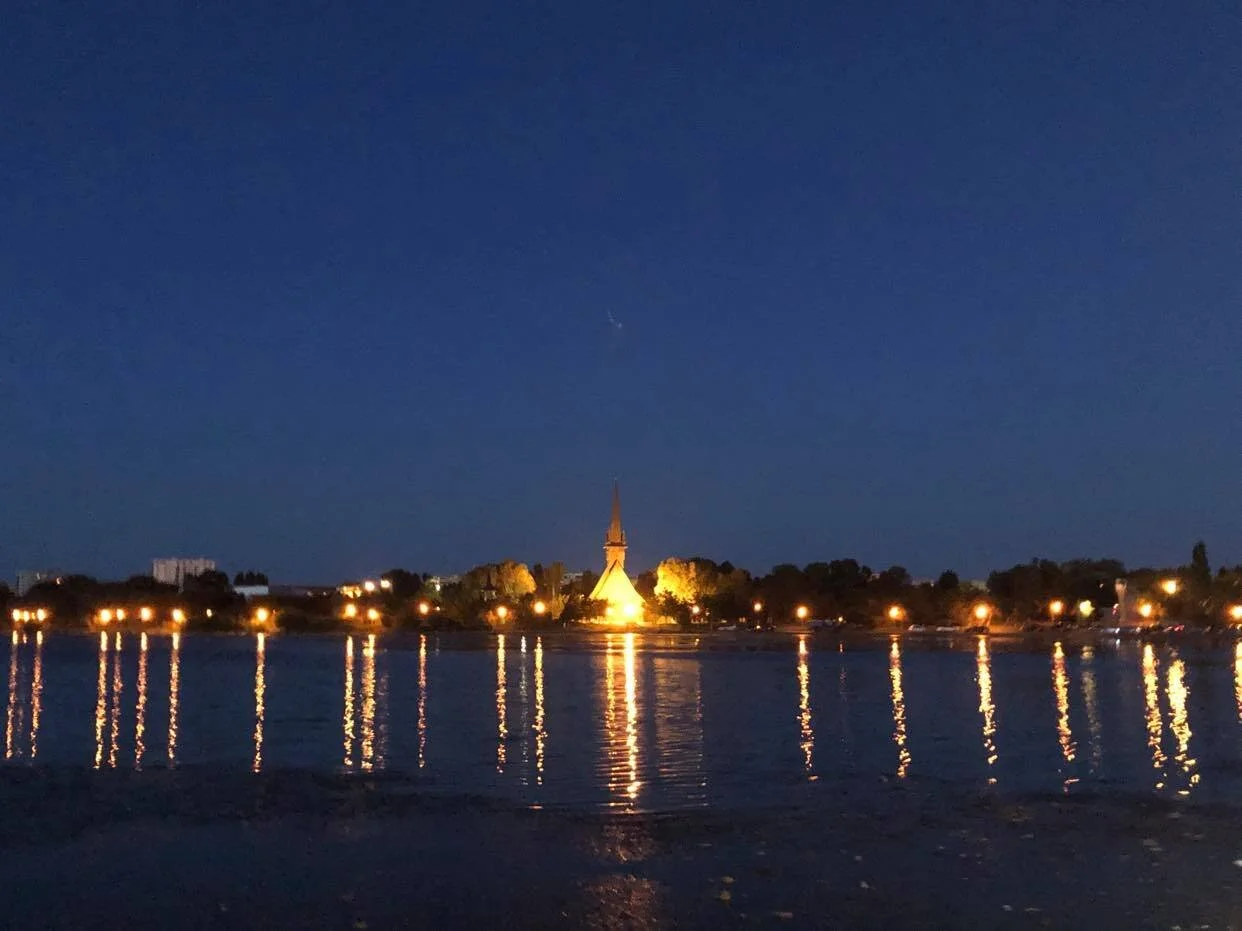Do you know why your favorite color is Blue?
Constanta, Romania
Have you ever thought about how ‘your favorite color’ relates to you and what it could actually encode about how you define yourself subconsciously?
For myself and possibly others, who are also inclined to say that their favorite color is BLUE, it had always seemed it describes peace, serenity, mellowness or even some kind of deep-rooted sadness. At least that’s how at surface level the outside world describes it. And of course you don’t need to just have one favorite color, I also like Green, Black and White (traditionally called non-colors), but if I just had to stick to ONE it’d always be BLUE and not just any blue, but ultramarine.
In any case, coming back to the original story, as I dabble in a bit of painting and consider myself an art lover, I knew a bit about natural and synthetic pigments, so I randomly searched the internet about how the pigment for my favorite color (of course) is made or rather where it exists in nature.
So I found out from these guys over here on YT, that there is actually only 2 forms of blue-ish pigment in nature: one is created by grinding lapis lazuli stone that only exists in some mountainous area in Afghanistan, the other is off the only known animal in nature that has blue pigment, the Obrina Olivewing Butterfly.
Scrambling around the deep ‘dark’ webs haha I also found that most of the other forms of nature that appear to be BLUE, like flowers, plants, shades of the ocean or the sea, are actually either a chemical reaction with other natural pigments or an engineering of physics elements.
For example, most ‘blue flowers’ actually use a red pigment (anthocyanin) and change their shade by combining it with other chemical substances in their composition. 🤓
Another crazy interesting one is the Blue Morpho Butterfly 🦋 that actually creates the illusion to the eye, with its ridges-shaped wing scales, which during sunlight bending on its shape, it will only allow blue light to reflect and reach our eyes. Similarly, some parrots use this principle with their feathers.
What I actually find most fascinating about this and the nature of it, is how some of these animals or plants can use other engineering mechanisms to show off a BLUE shade though they cannot produce the pigment themselves.
I think my most valuable lesson for today is that, even if you don’t naturally possess or produce something yourself, you can always use the tools and external elements, to create or shape the vision you have.
I would also terribly love to think that this is what my affection towards the color BLUE really defines more than any of the other commonly known ones. Reflects innovation, engineering power, rareness and resilience all at the same time.


